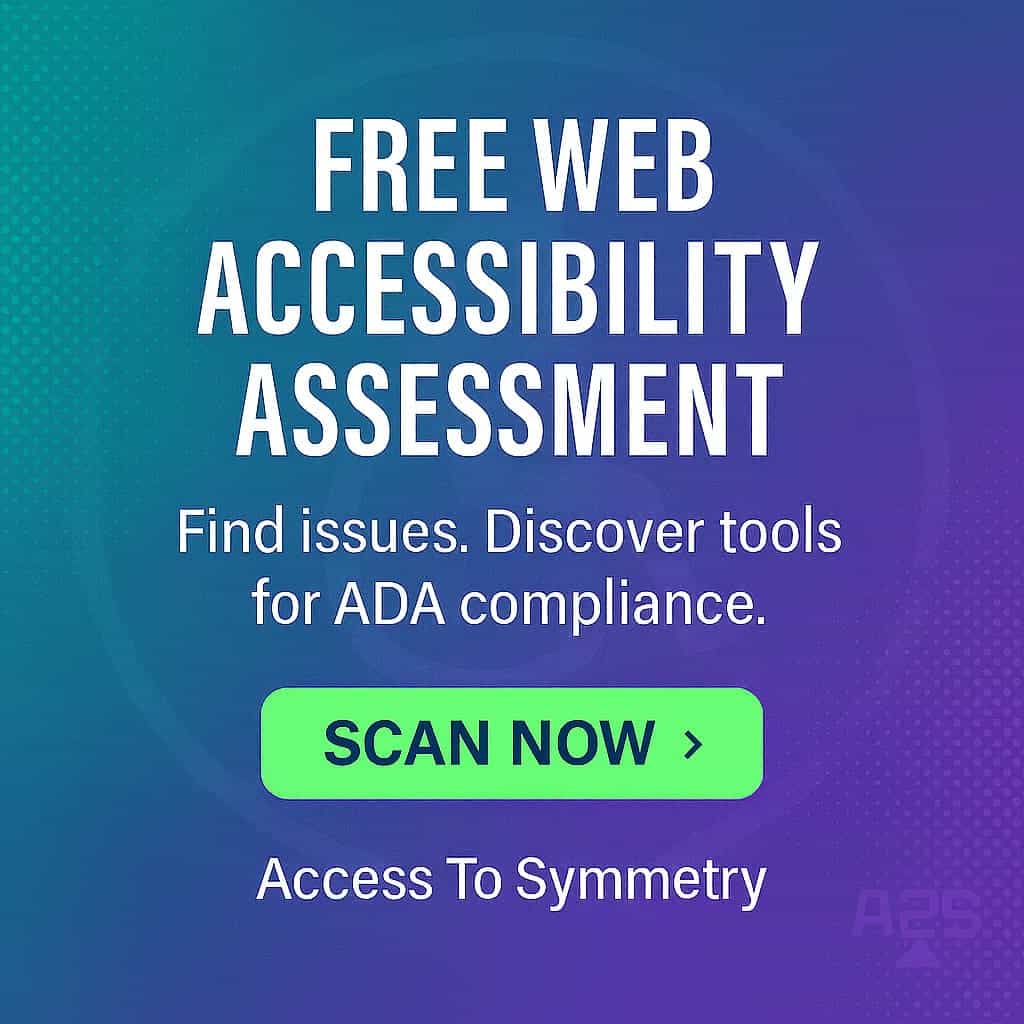The internet has long been hailed as the great equalizer, breaking down barriers and granting unparalleled access to a wealth of information and connections. However, for a significant portion of the population, this digital realm remains a complex challenge to navigate. For those with visual impairments or severe motor limitations, interacting with websites can be an uphill battle. In a world where accessibility should be a fundamental right, the concept of the World Wide Web as a liberating force takes on a new perspective.
Enter web accessibility – a crucial aspect of digital design and development that ensures everyone, regardless of their abilities, can access and interact with online content. Web accessibility involves removing the barriers that hinder individuals from using websites effectively, encompassing moral, ethical, and legal imperatives. This principle should be at the forefront of every decision made when creating and enhancing websites.
Meet Judy, a librarian who lost her sight due to a degenerative disease in her 20s. She spent years trying to adapt to whatever technology was available. Learning how to navigate across the World Wide Web was a challenge until new technologies made it possible for her to enjoy all the web had to offer.
In the earlier days, a person like Judy would have been completely left out. Websites were often designed without considering the needs of individuals with disabilities. This lack of accessibility meant that Judy, along with many others, couldn’t fully participate in the digital age.
However, things began to change with the emergence of innovative solutions like screen readers. These assistive technologies, such as the one Judy discovered, empowered her to explore the online world once more. The screen reader, which used synthesized speech to read out web content, became her digital companion, enabling her to navigate websites, access news articles, and engage with social media.
Judy’s story is a testament to the progress that has been made in the field of web accessibility. The introduction of the Web Content Accessibility Guidelines (WCAG) has played a pivotal role in advocating for people like Judy. These guidelines provide a framework for designers and developers to create websites and digital content that cater to individuals with disabilities.
As Judy’s experience highlights, WCAG compliance isn’t just about adhering to standards; it’s about making the web a place where everyone can participate and thrive. Judy’s journey of resilience and adaptation reminds us of the importance of web accessibility. Through her story, we see how technology can empower individuals to overcome challenges and fully engage in the digital landscape. By championing accessibility, we not only honor Judy’s determination but also create a more inclusive internet that benefits all users, regardless of their abilities.
And so, as we continue to advance in the realm of technology, let Judy’s experience inspire us to prioritize web accessibility and ensure that the web truly becomes a space where everyone can explore, connect, and thrive.
Building a More Inclusive Web
Web accessibility doesn’t have to be an all-or-nothing pursuit. While aiming for full WCAG compliance might not be immediately feasible, every step toward greater accessibility is a step in the right direction. Tools like Chrome DevTools and WordPress’s accessibility-ready themes provide invaluable assistance.
Developers and designers should integrate accessibility checks into their workflow, ensuring that every piece of new content meets accessibility standards. Moreover, existing content can be systematically updated to cater to a wider audience. By embracing this ongoing commitment, a more inclusive digital world becomes a reality.
As mentioned earlier, the web, as a great equalizer can only be fully realized when every individual, regardless of their abilities, can access online content seamlessly. Web accessibility is not merely a technical consideration; it’s a moral and ethical imperative. By following guidelines, embracing simplicity, and committing to ongoing improvement, we can pave the way for a digital landscape that truly caters to all. The effort may be incremental, but the impact is profound – one small change at a time, we’re creating a more inclusive web for everyone.











